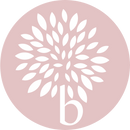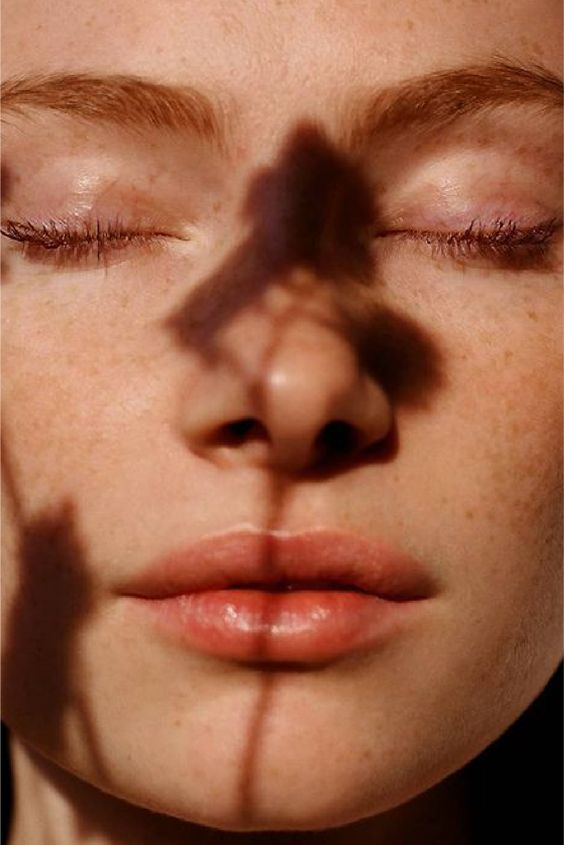Exhausted, restless, and worried? Fortunately, there are a lot of approaches to recover a feeling of quiet that doesn't involve extravagant effort.
One of the best relaxation techniques around is simply the breath and giving our attention to it. All we need are our lungs, breath, and 2-10 minutes of "personal" time. It's called controlled relaxing.
Why Controlled Breathing?
Controlled breathing activities can help keep our brain and body fit, by bringing down circulatory strain, assisting in improved sensations of calmness and reducing perceived pressure. The simple act brings us back to the present moment and expands mindfulness, care, and relaxation.
Here are eight master affirmed approaches to loosen up utilising controlled breathing activities acquired from ancient yoga and contemplation conventions.
1. Box Breathing
Box breathing, often known as square breathing can aid calmness, heighten focus and serve as a powerful stress reliever.
- Simply breathe in for four counts.
- Hold your breathe at the top of the inhale for four counts
- Exhale for four counts
- Hold your breathe at the bottom of the exhale for four counts
- Repeat.
2. Nostril Breathing
This breathing activity is incredibly successful before bed.
- Begin by sitting or resting in a comfortable position. Your eyes can be open or shut.
- Breathe in for four and afterwards breathe out for four.
- All inward breaths and exhalations ought to be made through your nose. When you get into the rhythm, attempt 6–8 checks for every breath.
3. Substitute Nostril Breathing
Substitute nostril breathing is an excellent option to recenter and re-energise.
- Start by sitting in a comfortable position. Hold out your dominant hand and press the tips of your pointer and centre fingers into your palm, leaving your ring finger, pinkie finger, and thumb broadened.
- Bring the hand up before the face and press the thumb outwardly of one nostril. Breathe in profoundly through your open nostril. At the pinnacle of the inward breath, discharge the thumb, press the ring finger outwardly of the other nostril, and breathe out.
- Proceed with this example for 1–2 minutes before exchanging sides. Invest equivalent time measures of energy breathing in and breathing out through the two nostrils.
4. 4-7-8 Breathing
This breathing activity can help you fall to sleep faster.
Begin by sitting or resting in a suitable position. The eyes can be open or shut. Press the tip of the tongue to the top of the mouth, marginally open your mouth, and breathe out until you arrive at the lower part of the breath.
Close your mouth and unobtrusively breathe in through the nose for four counts. At that point, hold the breath for seven counts. Finally, breathe out gradually, so it takes a sum of 8 counts to get back to the lower part of the breath.
Rehash for four full breaths, and move gradually up to 8 breaths after some practice.
5. Stomach Breathing
This stomach breathing exercise can be beneficial before an anxiety provoking encounter such as an exam or public speaking
Step by step instructions to do it:
- Place one hand on the chest and the other on the abdomen.
- Take a full breath in through your nose, permitting stomach (not your chest) to expand with sufficient air to make a slight extending sensation in the lungs.
- Gradually breathe out. Feel your stomach rise and fall.
Taking 6–10 deep, moderate breaths each moment for 10 minutes every day utilising this breathing method can decrease the pulse and circulatory strain.
6. Reformist Muscle Unwinding
The reformist muscle unwinding technique works best when sitting at home, in the office seat, or even in our vehicle. By purposefully straining and afterwards loosening each muscle bunch each, in turn, alleviates pressure from head to toe.
The most effective method to do it:
- Close the eyes and focus on tensing and loosening each muscle bunch for 2 to 3 seconds.
- Start with your feet and toes, and afterwards climb to your knees, thighs, glutes, chest, arms, hands, neck, jaw, and eyes.
- Take deep, moderate breaths the whole time.
7. Skull-Shining Breath
Wake up and look out at the splendid side of existence with this breathing activity. Also known as Kapalabhati, skull shining breathing consists of alternating short, explosive exhales and slightly longer, passive inhales.
Instructions:
- Begin in a seated position with legs crossed and your hands on your knees.
- Take a long, moderate breath in through your nose.
- At that point, breathe out intensely (likewise through your nose) as a result of contractions in the lower belly.
8. Breathe of Fire
The breath of fire is often practiced as part of kundalini yoga. The breathing technique involves normal inhalations and powerful, rapid exhalations.
This style of forced exhalation may help reduce stress, boost brain function, strengthen the abdominal muscles.
- Start in a crossed legged position.
- Place your hands on your belly to feel it rise as you breathe.
- Breathe in through your nose, feeling your belly expand.
- Without pausing, exhale forcefully through your nose while contracting your abdominal muscles. Repeat until you’re comfortable with the pattern and then speed up the inhales and exhales. Your exhales should be powerful and loud.
- Repeat for 30 seconds. You can extend this time with practice.
*Feeling light headed may occur on first practice. Do not push your body further than it wants to go. Listen to your body, always.
Key Take-Away
Our breath is perhaps the best guard against everyday stress, disappointment, and existential tension. When we become familiar with the technique of breathing in and breathing out, we'll probably begin to feel good. We may also see that we've built up some additional versatility and beauty.



